Electric Dryer Heater Runs All the Time
How do you troubleshoot a dryer that heats all the time, even when a cycle isn't running? That's exactly the scenario that a tech here in the Appliantology forums ran into, and even after replacing the timer multiple times, the problem persisted. Let's get to the bottom of this.
Here's the schematic, with the heater circled in green.
Something important to note about this dryer: it's an old-school dryer with a mechanical timer. No electronics in sight here!
What we need to figure out is how the heater is getting a power supply even when no cycle is running. To get started, let's see how the heater runs during normal operation.
As you would expect for an electric heater, this is a 240 VAC circuit. You should also notice that there is one switch on each leg of the circuit that controls that half of the voltage supply. Take a look:
Timer switch 2 controls the L1 side of the circuit, and the motor centrifugal switch controls the L2 side.
So, if our heater is getting a power supply while the dryer isn't running, does this mean that both of those switches have to be stuck closed? Seems pretty far-fetched, especially considering that our tech has already replaced the timer multiple times.
There are a few of things we need to know about the technology being used in these circuits that will help us get to the bottom of this. It's not new or fancy tech, but you still have to understand how it works and how it can fail to diagnose this issue.
First, the timer. As soon as you turn the timer knob to select a cycle, certain switches in that timer will close. To tell which ones, we have to look at the timer chart at the top of the tech sheet.
Of interest to us is timer switch 2, which is also called out as BK - R (black wire to red wire).
As that chart shows, BK - R is closed whenever any cycle with heat is selected, whether it's timed dry or auto dry. And that makes sense -- the heater doesn't have a complete circuit unless that switch is closed.
But what this means is that you don't have to start the cycle for timer switch 2 to close -- you just have to turn the knob to select a heat cycle. So we're not looking at a stuck timer switch, and that explains how L1 can get to the heater even when a cycle isn't running.
But just having a voltage supply doesn't make a complete circuit -- you need to have a return, too. That leads us to our second technological consideration: electric heaters can get grounded to their case. When the coil that makes up the heater sags enough to contact the metal case around it, you have a path to ground -- and that's a good enough return path as far as electrons are concerned!
Here's what that would look like electrically:
So what we have here in this scenario is a portion of the heater that is energized with 120 VAC and generating heat, regardless of if the push-to-start button has been pressed or not. There was never anything wrong with the timer -- only with the heater.
Want to get in on the action? Join the Brotherhood of Techs at Appliantology.
- Appliantology.org is a cultivated, private community of techs.
- Get solid tech advice from working, professional techs and business owners.
- Avoid the endless noise and guesswork thrown at you from groups on social media.
- Download the service manuals, tech sheets, and service bulletins you need to git 'er done.
Join the Brethren in the Craft right now with our membership options at Appliantology and see how it can help you in your business starting today.
-
.png) 6
6

.png.9012a87f3d9d47f1728530e9414b5964.png)

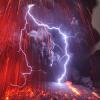
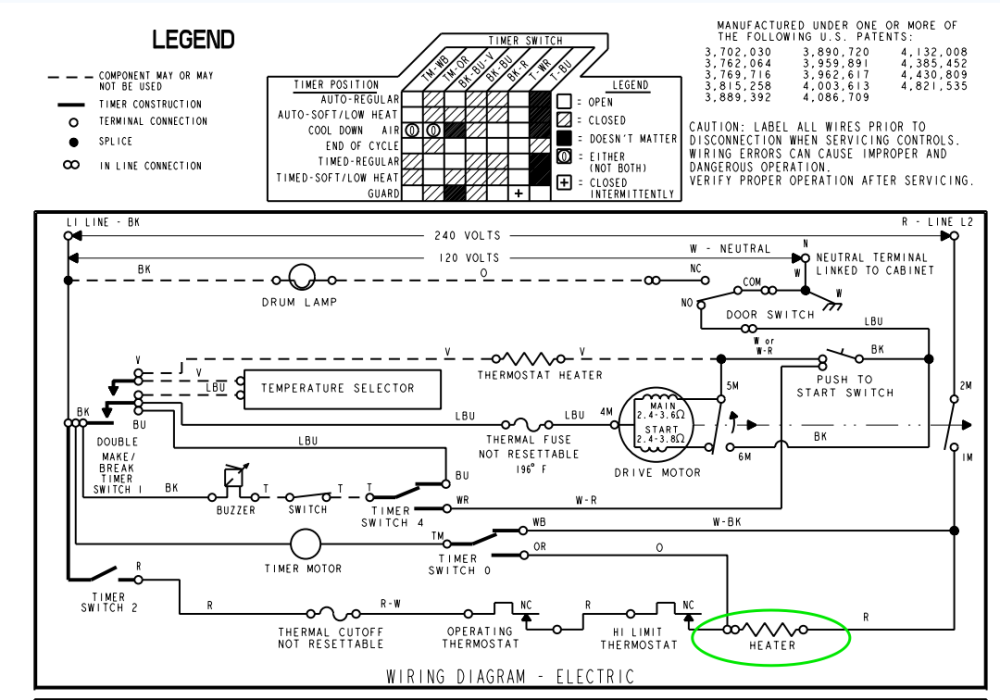
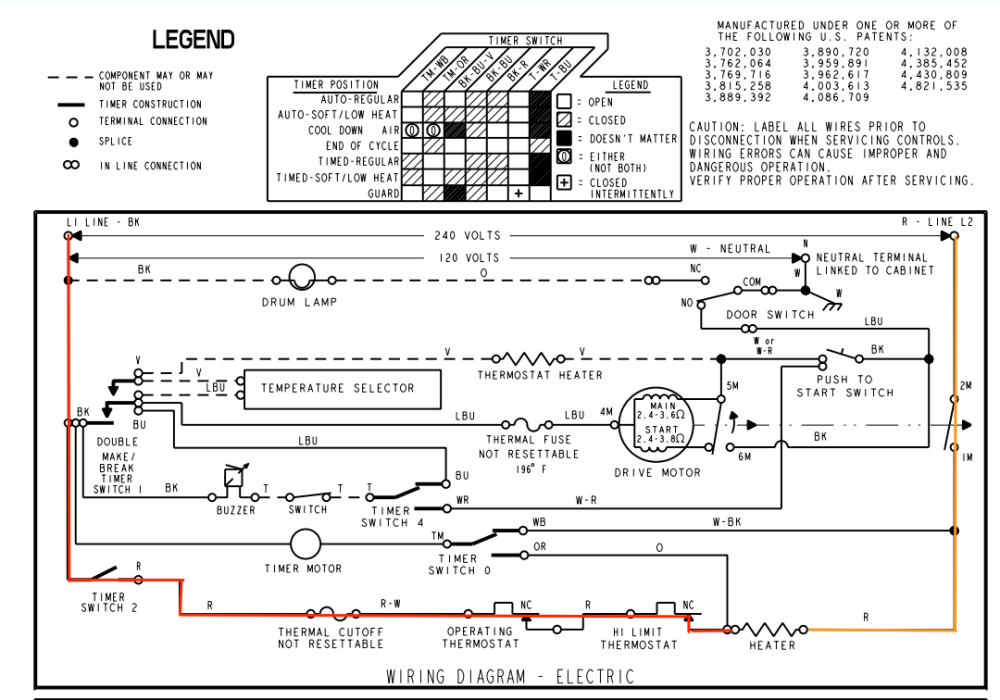
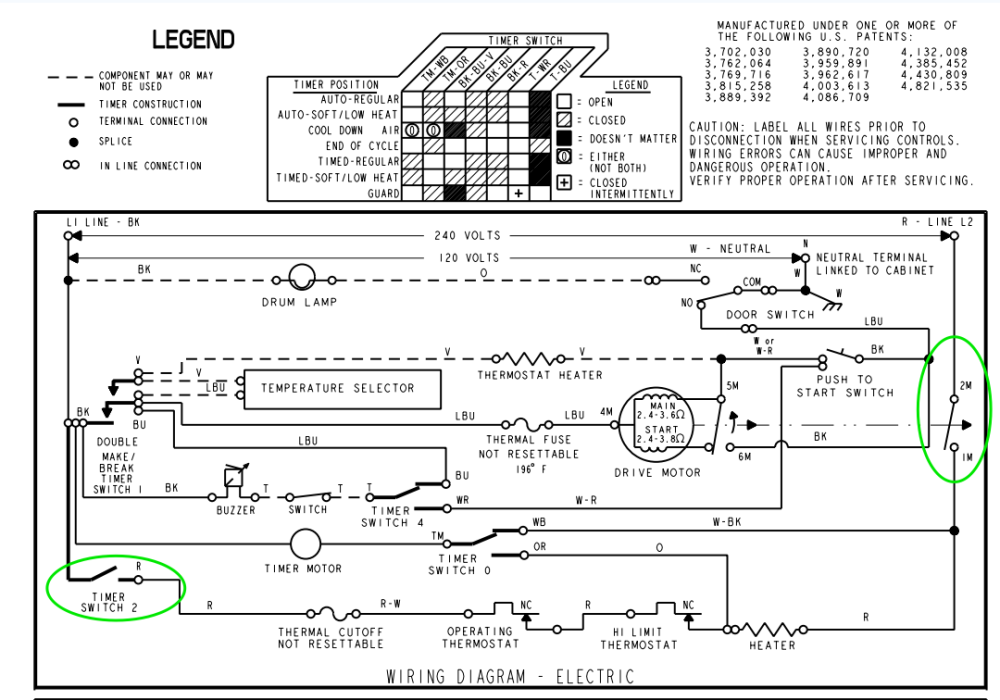
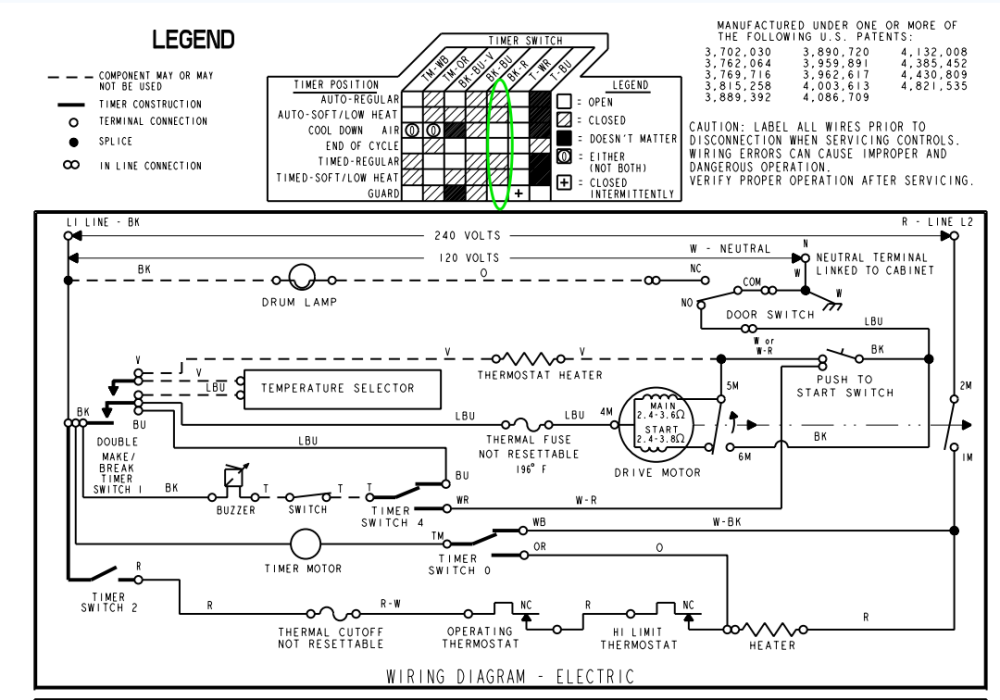
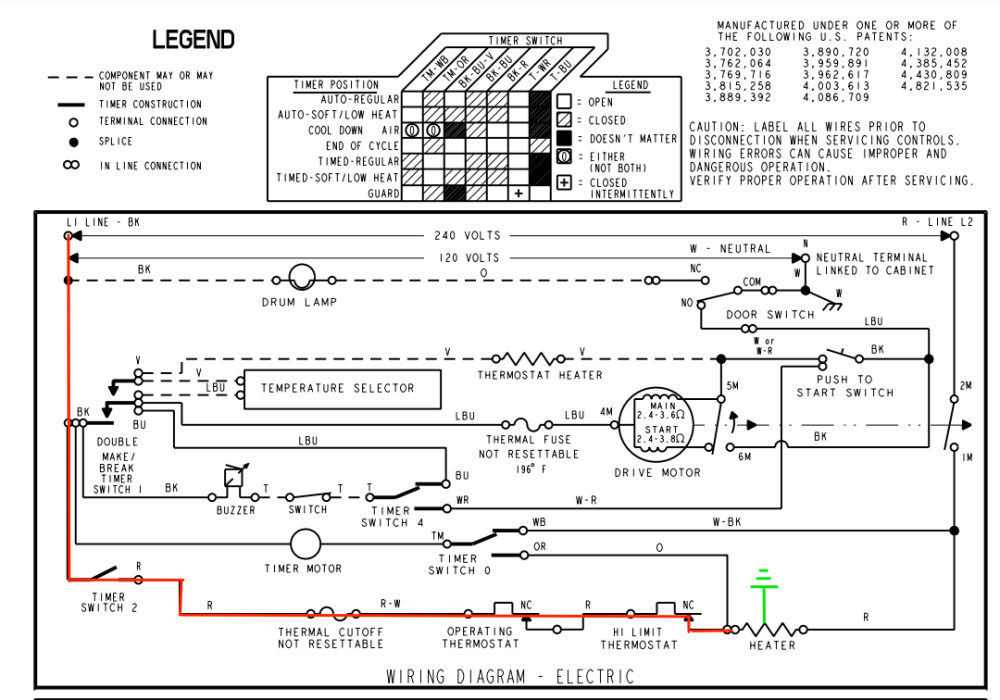
6 Comments
Recommended Comments